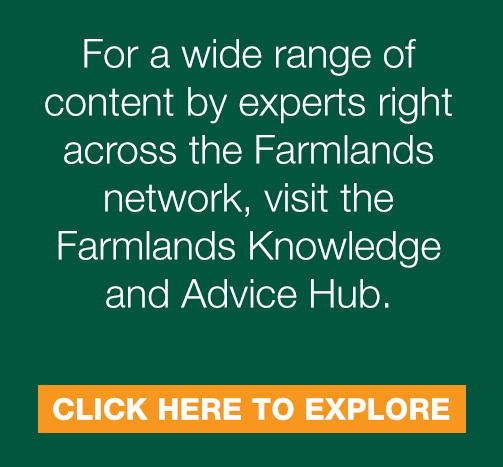

Farming’s Tech Transformation
Words by Spark’s Matt McLay
New tech tools can make life easier for farmers and growers while boosting productivity, writes Spark's Matt McLay.
The Internet of Things (IoT) has long been considered in the tech world as technology’s next big growth area. Today, its potential is being realised across many industries with business adoption gaining great momentum, and Spark IoT connections increasing by almost 80 percent in 2023. IoT describes the devices and sensors that can “talk” to each other and share data across the internet, then feed it back to the user. Common, everyday examples include smart appliances, personal medical devices like pacemakers, and even self-driving cars. But IoT is becoming increasingly important for farmers and growers as well. They want to know more about what's going on in their environment, and that includes things like real-time monitoring of their fuel levels, water levels, as well as soil and moisture quality.
Spark also partners with several different companies to provide ongoing monitoring of the health of our waterways. Farmers and growers can now find out straight away that there’s a broken pump, before having to walk all the way to the back of the farm, for example. It's about getting real-time alerts as to what's going on, and there's a number of different ways of connecting that information. This can also make it easier to get off the farm, giving you peace of mind that you will be alerted as soon as there are any issues back home. It hasn’t been as easy for rural New Zealand to get on board with IoT as it has for industries located mainly in urban areas. Until recently, internet connectivity and mobile coverage was far less available due to the costs of building mobile infrastructure in more remote and sparsely populated areas. But over the last five years, the Rural Connectivity Group (RCG) has built over 500 cell towers throughout rural New Zealand, connecting tens of thousands more rural properties to the internet.


The RCG is a joint venture between New Zealand’s three mobile providers, Spark, One NZ and 2degrees, to share the costs of building this infrastructure, and was a world first when it built its first towers in 2019. This extended coverage has allowed Spark to roll out some of its IoT networks too. These are low powered networks that connect IoT devices. And because these devices don’t need as strong a connection as a mobile phone does, they can often connect much further away from the nearest cell tower than your mobile phone can. On top of that you have the increasing role of AI, which can use historic data to help identify trends and issues you might want to be aware of, such as using historical weather information to predict weather patterns and how they might affect pasture growth. Farmers and growers are also looking for more efficient ways to manage their on farm purchases, so it’s great to see Farmlands develop FarmlandsPRO to address this challenge.
It's going to give farmers and growers real-time information on product purchases and usage, enabling them to make quick calculations then and there, rather than waiting until they’re in the office at the end of the week. It will also let them check back on historical information about what they ordered previously. I like the fact that this was a tool set to help alongside the face-to-face support they get from Farmlands. They still have the interaction with their TFOs and other technical specialists, but we are big supporters of tools that allow people to do more things for themselves and free up time, which is a valuable commodity for everyone in our rural sector.

